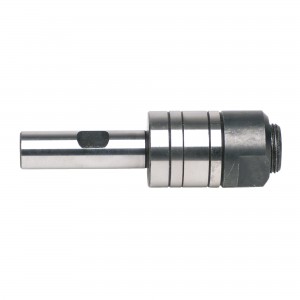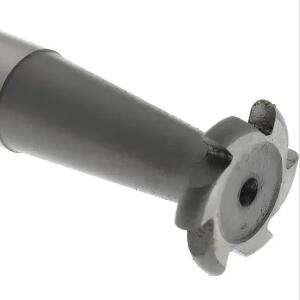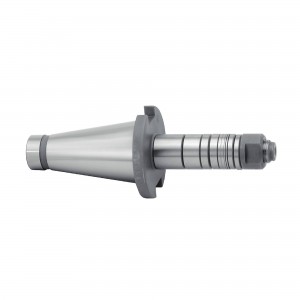A Concave Milling Cutter is a specialized milling tool used to machine concave surfaces. Its main function is to cut the surface of the workpiece to create precise concave curves or grooves. This tool is widely used in the manufacturing industry, such as in the machining of grooves on shaft parts, mold making, and other components that require concave surfaces. Its ability to create detailed and accurate concave geometries makes it indispensable in high-precision manufacturing processes.
Usage Method
1. Select the appropriate concave milling cutter: Choose the suitable concave milling cutter based on the material of the workpiece and the required size and shape of the groove. Different materials and tasks may require cutters made from various grades of high-speed steel or carbide.
2. Install the tool: Mount the concave milling cutter on the spindle of the milling machine, ensuring the tool is securely fastened and centered. Proper installation is crucial to prevent wobbling or misalignment, which can result in inaccurate cuts.
3. Set machining parameters: Adjust the cutting speed, feed rate, and cutting depth according to the workpiece material and machining requirements. These parameters must be optimized to balance efficiency and tool life.
4. Align the workpiece: Fix the workpiece on the worktable, ensuring its position and the cutter’s machining path are aligned. Accurate alignment prevents errors and ensures the finished product meets the specified dimensions.
5. Start machining: Start the milling machine, gradually feed the concave milling cutter into the workpiece surface along the predetermined path, machining the desired concave surface. The feed should be steady and controlled to achieve a smooth finish.
6. Inspect the workpiece: After machining, check the groove size and shape to ensure they meet the requirements, making necessary adjustments or subsequent machining as needed. Use precision measuring tools like calipers for accurate inspection.
Usage Precautions
1. Safety operation: Wear appropriate protective gear such as safety goggles and gloves during operation to avoid injury from flying chips. It's also advisable to use ear protection in high-noise environments.
2. Tool selection: Ensure the selected concave milling cutter’s material and size are suitable for the workpiece material and machining requirements. Using the wrong cutter can lead to poor performance and potential damage.
3. Tool installation: Make sure the concave milling cutter is securely fastened and centered to avoid tool looseness or eccentricity, which can affect machining accuracy. Regularly check the spindle and tool holder for wear and tear.
4. Cutting parameters: Set reasonable cutting speeds and feed rates to avoid excessive cutting speeds that could cause tool overheating or workpiece surface burning. Overheating can compromise the integrity of the workpiece and the cutter.
5. Cooling and lubrication: Use appropriate coolant and lubricating oil during machining to reduce the temperature of the tool and workpiece, decrease friction, and improve machining quality. Proper cooling helps in extending the life of the cutting tool.
6. Regular inspection: Regularly check the tool for wear and replace or sharpen it in a timely manner to maintain good cutting performance and machining accuracy. Neglecting this can lead to subpar machining results and increased downtime.
7. Cleaning and maintenance: After machining, clean the worktable and tool, keeping the equipment clean and maintained to extend the tool and equipment life. Regular maintenance schedules should be adhered to for optimal performance.
Proper use and maintenance of the concave milling cutter can effectively improve machining efficiency and quality, meeting the demands of various complex surface machining tasks. Understanding the specific requirements of each machining operation and adhering to best practices in tool handling and maintenance ensures that the concave milling cutter remains a valuable asset in precision manufacturing.
Additional Tips
1. Material compatibility: Always ensure the cutter is compatible with the material of the workpiece to prevent rapid wear or tool failure.
2. Tool storage: Store cutters in a dry, safe place to avoid rust and damage. Proper storage extends the life of the tool and maintains its sharpness.
3. Training and supervision: Operators should be well-trained in using concave milling cutters. Supervision ensures adherence to safety protocols and correct usage techniques.
4. Documentation: Maintain records of tool usage, maintenance, and performance to identify patterns and areas for improvement. Documentation helps in predictive maintenance and efficient inventory management.
By following these guidelines, manufacturers can maximize the potential of concave milling cutters, ensuring consistent, high-quality outputs in their machining processes.
Contact: jason@wayleading.com
Whatsapp: +8613666269798
Recommended Products
Recommended Products
Post time: Jun-07-2024







